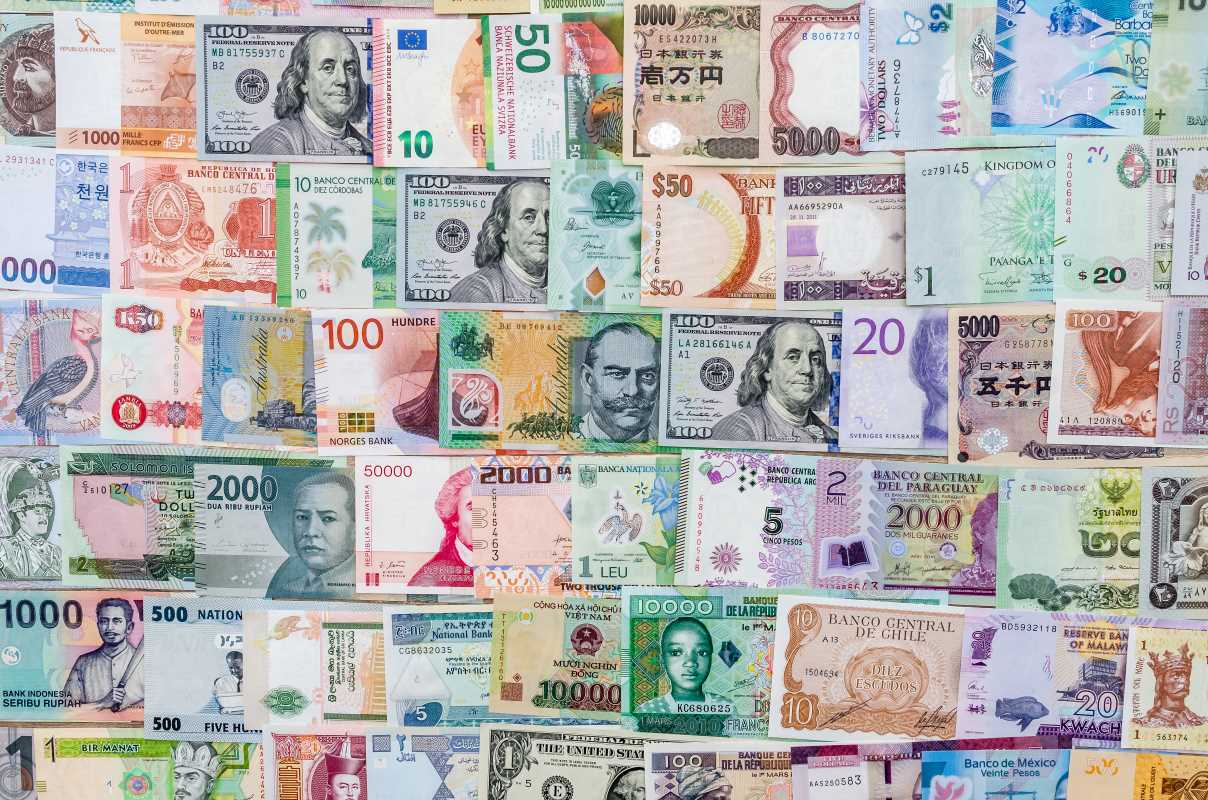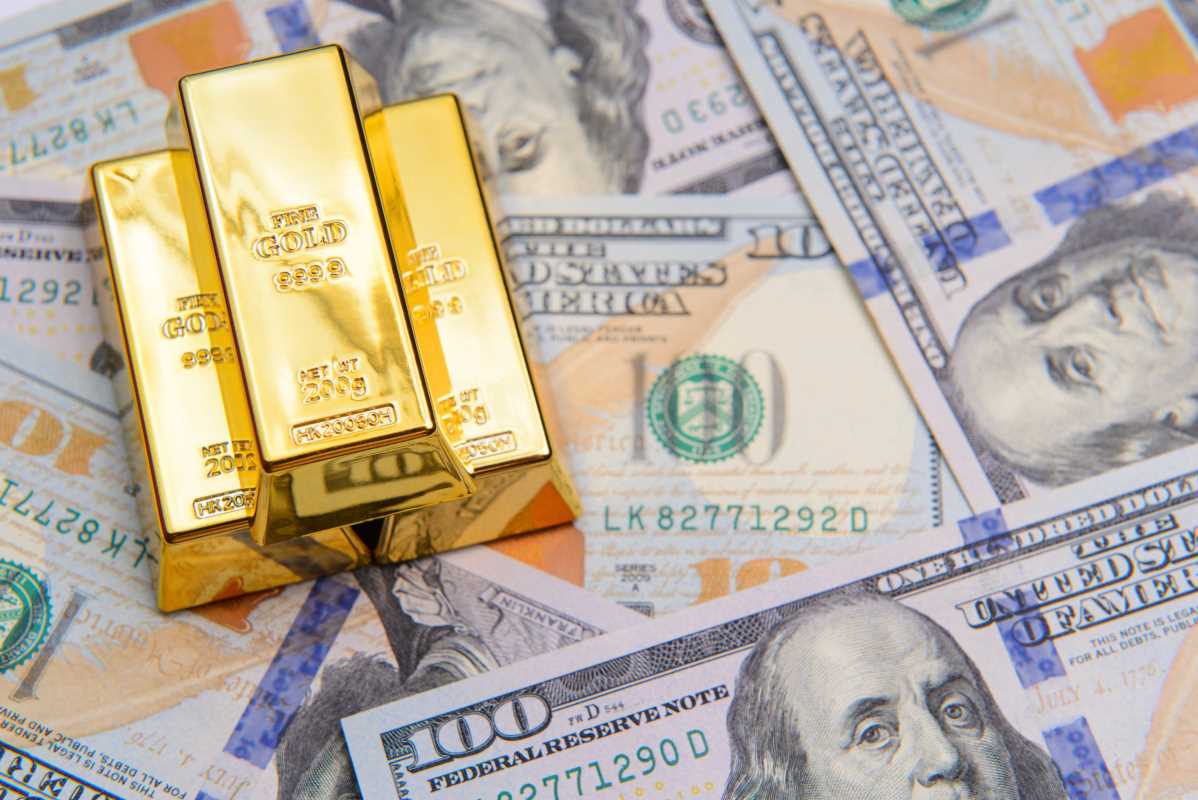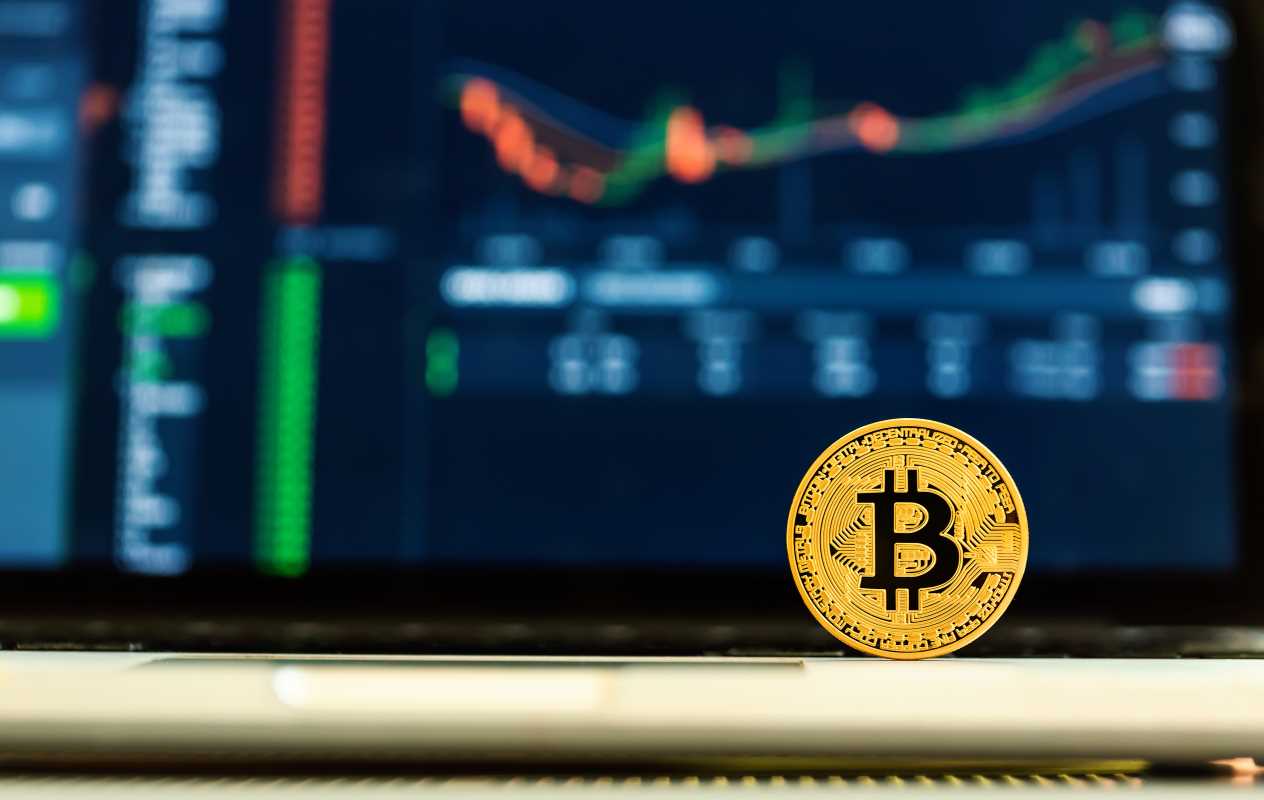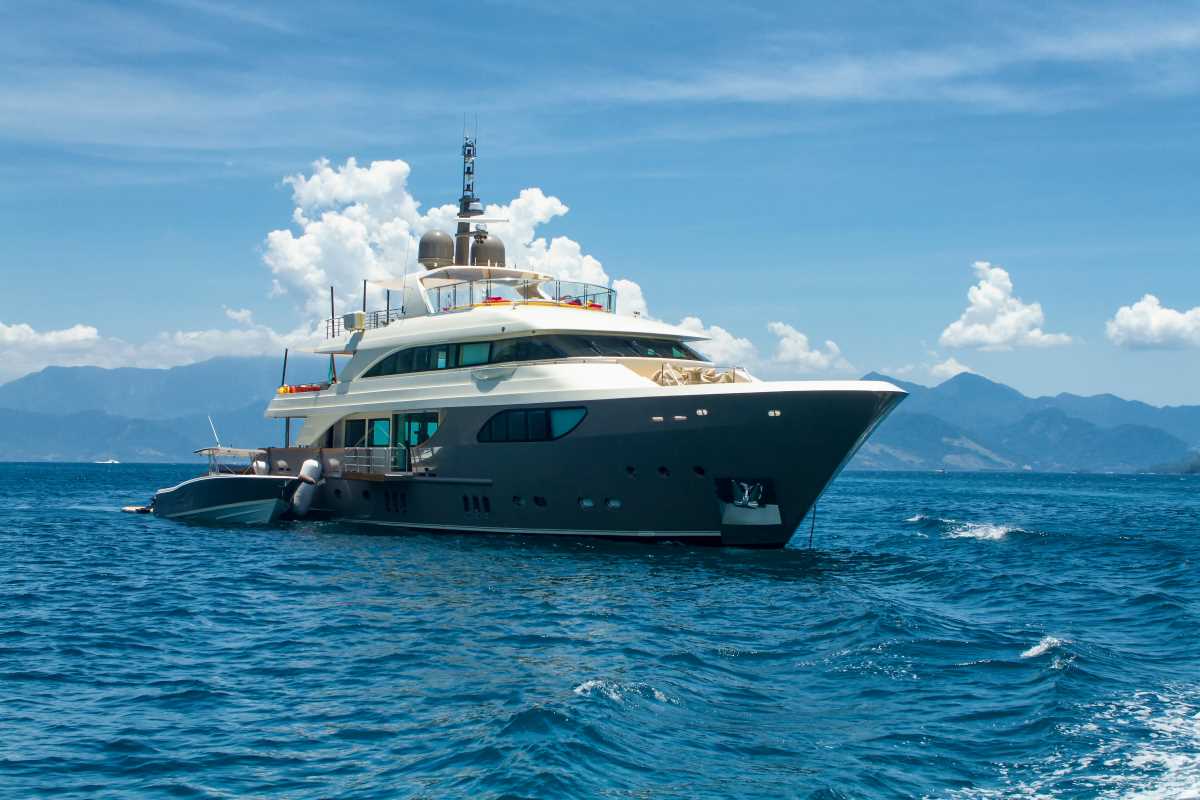Money, in all its forms, has been a centerpiece of human progress, shaping trade, politics, and economies across history. From gleaming silver and gold coins to today's digital currencies, the story of money is the story of nations. What determines the value of a currency? Sometimes, it’s the material it’s made from, like precious metals. Other times, it’s tied to the stability and power of the issuing nation. This timeline dives into the histories of some of the world’s most iconic and valuable currencies, exploring how they shaped their eras and what lessons they leave behind.
The Roman Denarius (211 BCE – 3rd Century CE)
The Roman denarius, introduced in 211 BCE, became the face of the Roman Empire’s vast economy and a testament to its power. Crafted from nearly pure silver, the denarius began as a stable and trusted coin, playing a crucial role in uniting the empire’s sprawling trade networks. It was valued for its consistent weight and silver content, starting at an impressive 95% silver purity with a weight of 4.5 grams.
The denarius was used across the Mediterranean, facilitating trade while reinforcing Rome’s financial and political might. As war and administrative costs mounted, however, emperors began to debase the currency. Over centuries, the silver content was significantly reduced, dropping as low as 2% by the late 3rd century CE. This widespread debasement led to soaring inflation, a collapse of trust, and the eventual replacement of the denarius with new coinage. The rise and fall of the denarius offer a timeless lesson about the dangers of devaluing money.
The Arab Dinar (696 CE)
Derived from the Roman denarius, the Arab dinar emerged as one of the most significant currencies of the medieval Islamic world. The first Islamic dinar was issued in 696 CE by Caliph Abd al-Malik of the Umayyad Caliphate. Crafted from gold and weighing approximately 4.25 grams, it was equal parts practical and symbolic.
What set the dinar apart was its design. Inspired by Byzantine coinage, the early dinars replaced depictions of emperors with Islamic inscriptions, such as the Shahada (the Islamic declaration of faith). This switch not only marked the political independence of the Islamic empire from its predecessors but also unified regions under a shared currency that adhered to Islamic values.
The gold dinar’s dependability and widespread acceptance created a monetary standard for a vast area stretching across the Middle East, North Africa, and parts of Europe and Asia. Its legacy lives on in modern currencies, some of which reflect the same name.
The Florentine Florin (1252 CE)
The florin, first minted in Florence in 1252, was a gold coin that became essential to medieval European trade. Each florin contained 3.5 grams of high-purity gold, providing a reliable measure of value at a time when the quality of coins often fluctuated wildly.
Florence’s leadership in banking helped the florin gain prestige and trust. The city’s bankers provided loans to monarchs and funded significant projects, lending their currency influence far beyond Tuscany. Merchants accepted the florin across Europe, from the British Isles to the Ottoman Empire. Its consistent weight and gold content made it a benchmark for other currencies and ensured Florence’s position as a financial powerhouse during the Middle Ages.
The florin is a lesson in the importance of stability. Its unwavering value and trustworthiness set the stage for the rise of international trade and finance.
The British Pound (1694 CE – Present)
Though the pound sterling traces its history back to Anglo-Saxon England, it rose to prominence in 1694 when the Bank of England was established to stabilize England’s finances. Backed by gold and silver reserves, the pound gained the trust of traders and statesmen alike. Over the centuries, as the British naval and colonial empire expanded, so too did the pound’s reach.
By the 19th century, during the height of Britain’s global dominance, the pound became the world’s most important currency. It carried literal and symbolic weight, serving as a reserve currency for global trade. Although, after World War II, Britain’s economic struggles and the ascent of the U.S. dollar caused the pound to lose its top position. Despite this, the pound sterling remains one of the most traded currencies in the world today, a hallmark of Britain’s continued global financial significance.
The U.S. Dollar (20th Century – Present)
The U.S. dollar rose to prominence in the 20th century, especially after the Bretton Woods Conference of 1944. Under this system, the dollar was tied to gold, while other currencies were pegged to the dollar. This made the dollar, in the words of policymakers at the time, “as good as gold.”
Even after the gold standard was abandoned in 1971, the dollar retained its value thanks to the size and strength of the U.S. economy. Today, it is the world’s most widely used reserve currency, underpinning everything from global trade to foreign exchange markets. The dollar’s success highlights the role of economic and political stability in ensuring monetary trust.
The Kuwaiti Dinar (1960s – Present)
One of the world’s most valuable currencies today is the Kuwaiti dinar. Introduced in 1960 after Kuwait’s independence, the dinar began its life pegged to the British pound and later shifted to a peg against the U.S. dollar. Today, its value is closely tied to a basket of currencies designed to reduce volatility and maintain stability.
Kuwait’s oil wealth is a major factor behind the dinar's strength. With one of the highest per-capita incomes in the world and a robust economy, the Kuwaiti dinar consistently ranks as the highest-valued currency in foreign exchange markets. Its value reflects Kuwait’s natural resources and its careful fiscal and monetary policies.
Today, currencies remain symbols of nations' ambitions and legacies. Their evolution reminds us that money is so much more than a medium of exchange. Currency reflects the values, aspirations, and resilience of the societies that create it.
 (Image via
(Image via





